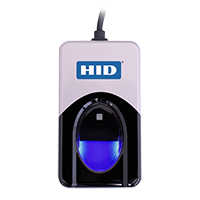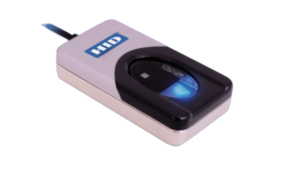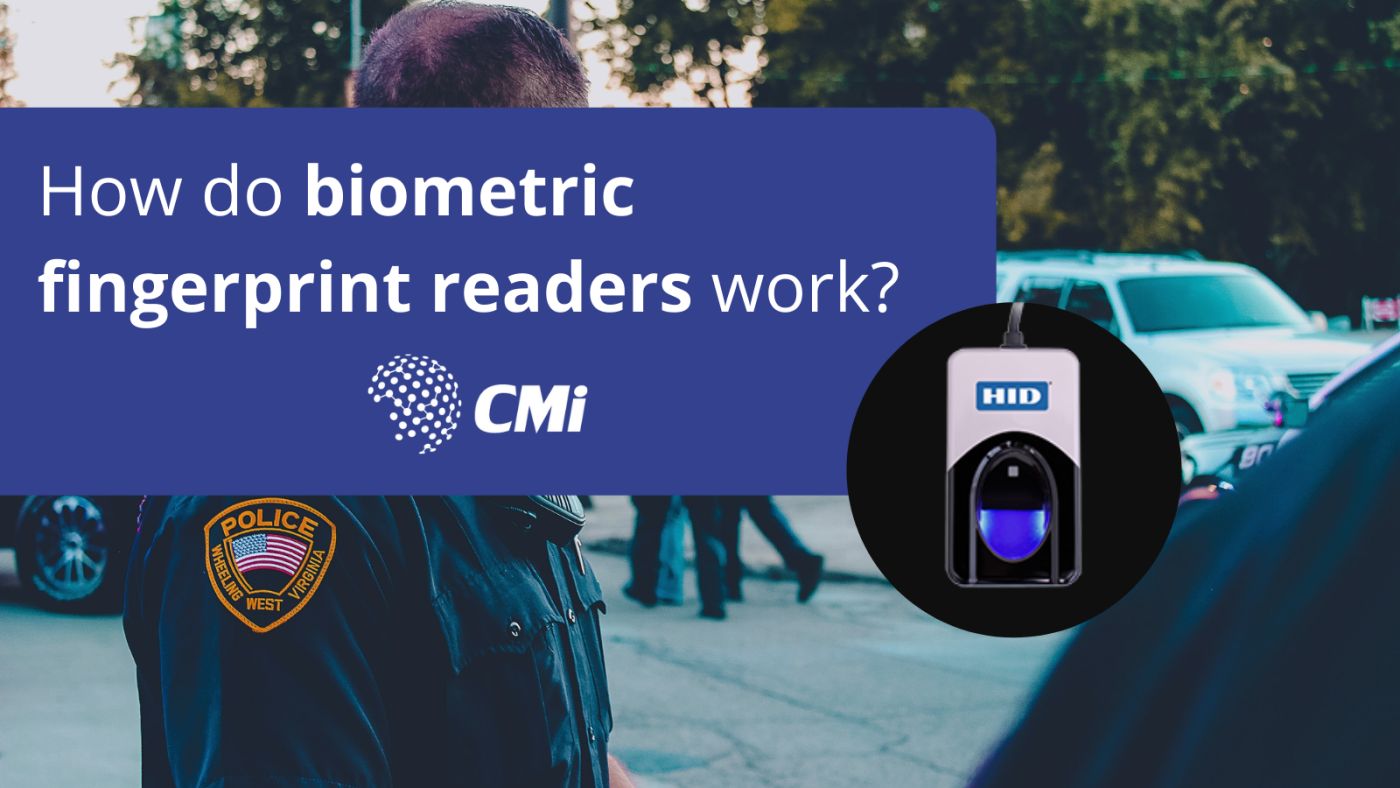Are you familiar with unlocking a phone using fingerprint identification? We’ve seen an increase in fingerprint scanning technology, with rapid growth predicted over the next few years. It’s not surprising, due to their 10/10 accuracy and speed.
Human fingerprints are all unique, which is why these fingerprint scanning devices are an accurate and secure method of authentication. They can be used in industries including law enforcement, hospitality, healthcare and more!
How do biometric fingerprint readers work?
These devices work by capturing the pattern of a human fingerprint. The information is then processed using the device’s analysis/matching software. The fingerprint will be compared to the list of registered prints on file, granting access to the external device when a match is made.
The readers can also be used to create a database of new prints, for example when scanning suspect’s prints in the law enforcement industry. This is a great way to securely capture personal data that can then be loaded into another system.
The HID DigitalPersona 4500 Fingerprint Reader is a compact USB peripheral, perfect for individual desk top users or multiple users in shared environments. The fingerprint reader uses optical scanning technology to achieve excellent image quality, a large capture area and superior reliability. The silicone coating allows it to make readings accurately, regardless of the placement angle of the finger.

Simply place the finger on the reader window. The reader will automatically capture and encrypt the fingerprint image before sending it to the DigitalPersona Finger Jet biometric engine for verification. A red flash will indicate that the image has been captured.
Key features:
- Small form factor
- Excellent image quality
- Fast image capture
- Encrypted fingerprint data
- Compatible with DigitalPersona Biometric SDKs
Types of scanners
Optical Reader
An optical reader makes a photocopy of the fingerprint, usually using an image sensor or light-sensitive microchip.
Capacitive Reader
Instead of light, these scanners use electricity, in a similar way to a touchscreen, to read the print pattern. Most smartphones use this type of fingerprint reader.
Ultrasonic Reader
These readers use sound waves. The hardware sends ultrasonic pulses to measure how much bounces back, which will outline the print pattern.
The HID DigitalPersona 4500 is an optical reader, using illuminated light to create a photocopy of the finger to match with the database.

Benefits of an optical reader
- High accuracy
- Long-term stability
- Easy to use
- Non-intrusive
- Smaller storage space needed which reduces database memory use
